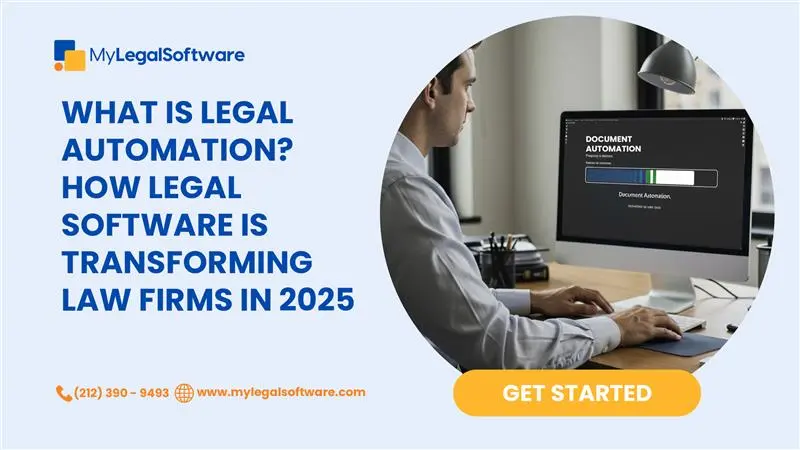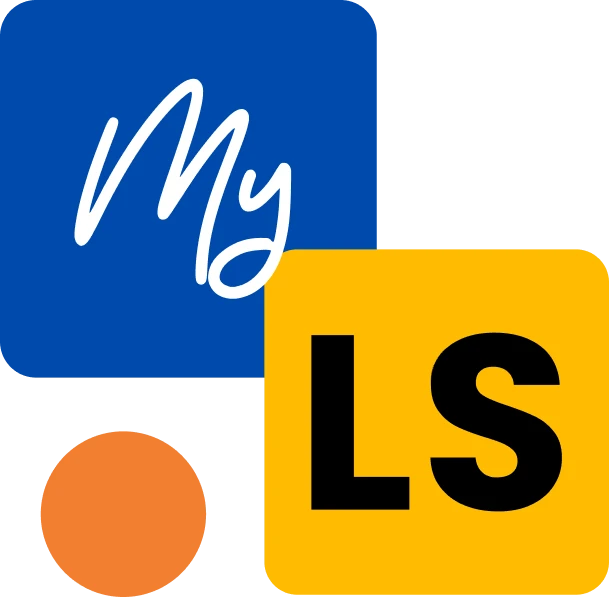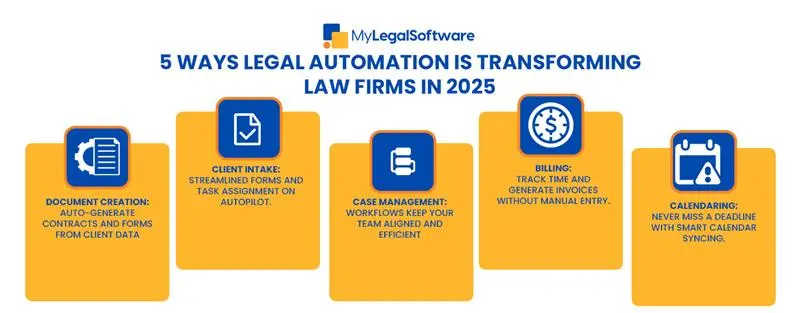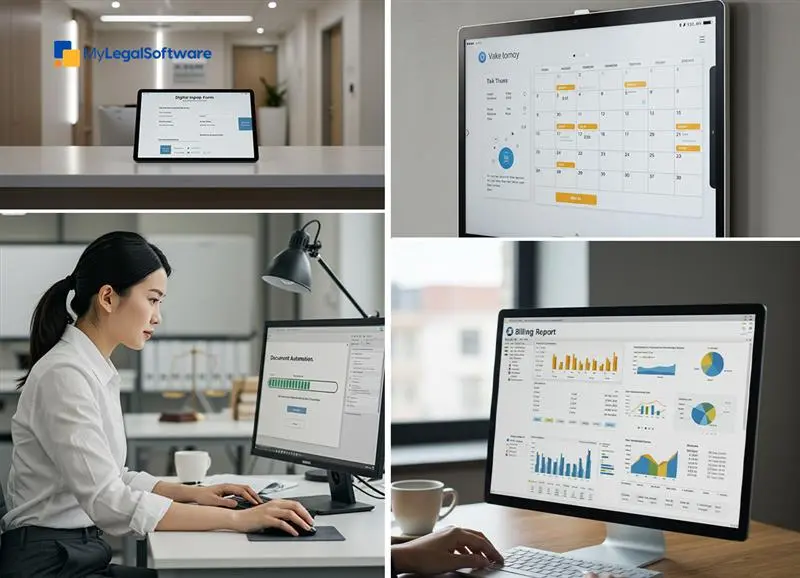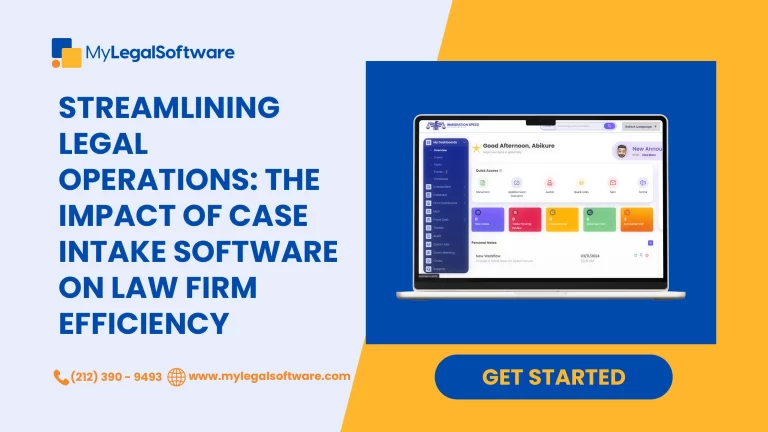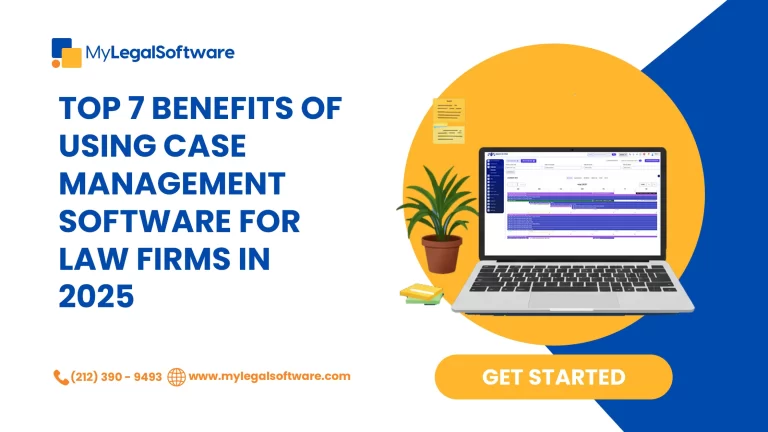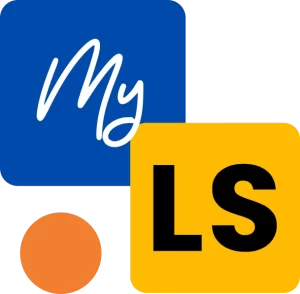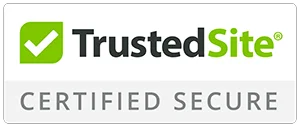Introduction
Legal work is becoming more complex—and so are clients’ expectations. In 2025, law firms are under increasing pressure to deliver faster results, maintain accuracy, and provide high-touch client service, all while juggling more cases than ever before.
This is where legal automation comes in. From generating legal documents to tracking case progress, modern legal software now automates many of the time-consuming tasks that once slowed down attorneys and staff.
In this blog, we’ll break down what legal automation really means, how it’s changing law firm operations in 2025, and why firms using tools like MYLS are staying ahead of the curve.
What Is Legal Automation?
Legal automation refers to the use of technology to perform or streamline repetitive legal tasks—tasks that don’t require high-level legal analysis but are crucial to the flow of legal work.
Legal automation isn’t just about going paperless or digitizing files. It’s about using legal software to intelligently automate workflows such as:
- Document drafting
- Deadline tracking
- Client intake
- Communication
- Billing
Where traditional systems may only store files or track time, legal automation platforms take it a step further by executing actions based on rules and templates. For example, legal document automation allows firms to auto-generate contracts, petitions, and pleadings based on input data, minimizing human error and saving hours of manual work.
These systems go beyond general productivity tools—they’re tailored to law firms, with built-in compliance features, audit trails, and tools specific to legal workflows.
Stop drowning in paperwork. Start winning more clients. MYLS legal automation handles your admin work while lead gen features convert visitors into your paying clients—giving you the freedom to practice law and the pipeline to grow your firm.
5 Core Areas Where Law Firms Are Implementing Automation
- Document Creation and Management
Legal document automation software helps attorneys generate routine documents like contracts, NDAs, immigration forms, and more by pulling data from client records into pre-built templates. This ensures accuracy, consistency, and legal compliance across every file.
- Client Intake and Communication
Automation tools guide prospective clients through custom intake forms and automatically assign follow-up tasks. Once onboarded, communication portals streamline updates, reducing call volume and improving client satisfaction.
- Case Management and Workflow
Legal case management software lets you automate task assignments, set deadlines, and move cases through pre-defined workflows—ensuring that no step is missed and every team member stays aligned.
- Billing and Time Tracking
Billable time can be automatically logged based on activity—calls, emails, document creation—making invoices more accurate and less time-consuming to generate.
- Court and Deadline Calendaring
Automated calendaring tools help law firms manage court dates, filing deadlines, and internal task timelines without manual input. These tools sync with court systems and internal workflows, sending automatic reminders and updates to avoid missed deadlines and ensure timely submissions.
Key Benefits of Legal Automation for Law Firms
The adoption of legal automation delivers measurable benefits across all aspects of practice management:
Time Savings and Increased Efficiency
Automation eliminates repetitive tasks that consume valuable time. Tasks that once took hours—like document generation, conflict checks, and time entry—now happen in minutes or seconds. This efficiency allows attorneys to handle more matters without increasing staff.
Fewer Errors and Better Compliance
Automated systems reduce human errors in document preparation and deadline tracking. Standardized workflows ensure consistent handling of matters, while built-in compliance checks verify that documents meet current legal requirements. The result is a lower risk of malpractice claims and better outcomes for clients.
Enhanced Client Experience
Today’s clients expect the same digital experience from their law firm that they get from other service providers. Legal automation enables faster response times, transparent case updates, and secure client portals that improve satisfaction.
Data-Driven Practice Management
Law practice management software provides insights that were previously impossible to obtain. Firms can analyze performance metrics, identify profitable practice areas, optimize resource allocation, and make strategic decisions based on real data rather than intuition.
How to Choose the Best Legal Document Automation Software
When selecting a legal document automation tool, law firms should consider:
- Integration: The best legal document automation software integrates seamlessly with your existing systems. Look for tools that connect with your email, calendar, accounting software, and other law firm software to create a unified workflow without data silos.
- Customization: Your firm’s needs are unique. Choose tools that allow for customization of templates, workflows, and user permissions. The system should adapt to your practice, not force you to change your processes to fit the software.
- Compliance and Security: Client confidentiality is non-negotiable. Evaluate the security measures of any legal software, including encryption, access controls, and compliance with industry standards. Cloud-based systems should provide transparency about data storage and protection.
- Scalability: Whether you’re a solo practitioner or a large firm, your software should grow with you. With this, you don’t have to switch from one software to another as you grow your practice or start a new office branch.
- Ease of Use: Even the most powerful automation tools provide no value if your team won’t use them. Look for intuitive interfaces that require minimal training. Consider the vendor’s implementation support and training resources when making your decision.
Final Thoughts
In 2025, legal automation isn’t optional—it’s essential. Firms that leverage legal software to automate documents, workflows, and communication are serving clients faster, operating more efficiently, and staying competitive in a saturated market.
MyLegalSoftware is built for modern law firms that want to work smarter—not harder. With integrated legal automation, document workflows, and powerful lead generation features, MYLS gives attorneys everything they need to thrive in the digital age.
Frequently Asked Questions
What features should I look for in the best legal document automation software?
Look for features like customizable templates, secure cloud access, e-signature integration, audit trails, clause libraries, and compatibility with your existing law firm software. Scalability and user support are also critical for long-term success.
Is cloud-based legal practice management software secure?
Reputable vendors offer bank-level encryption, role-based access controls, and compliance certifications that often exceed what individual firms could implement on their own.
What types of documents can be automated with legal document automation?
Nearly any standard document can be automated, including contracts, pleadings, correspondence, intake forms, and compliance documentation.
Can small law firms benefit from automation, or is it primarily for larger practices?
Small firms often benefit most from automation because it allows them to compete with larger firms by improving efficiency without adding staff.

